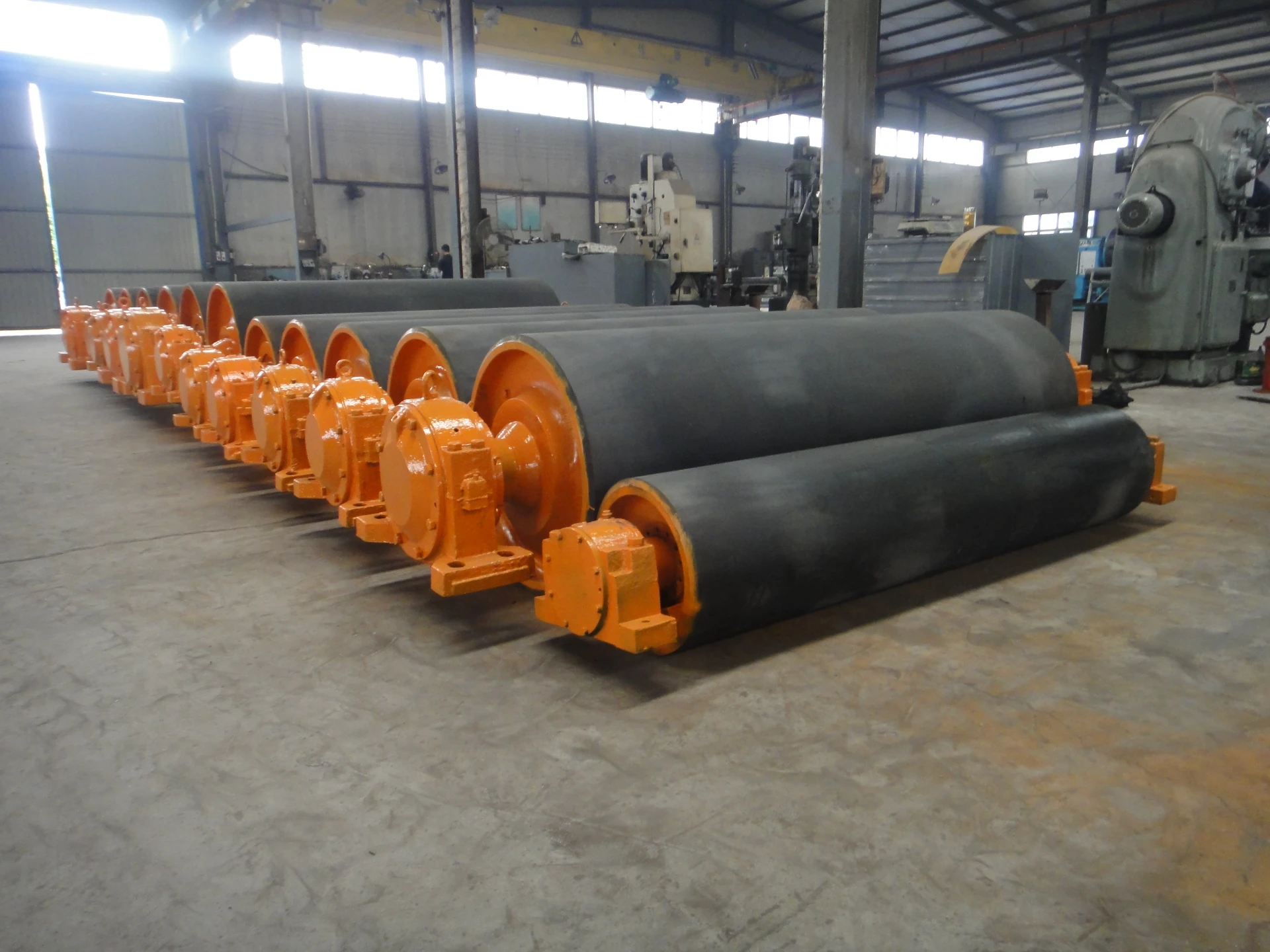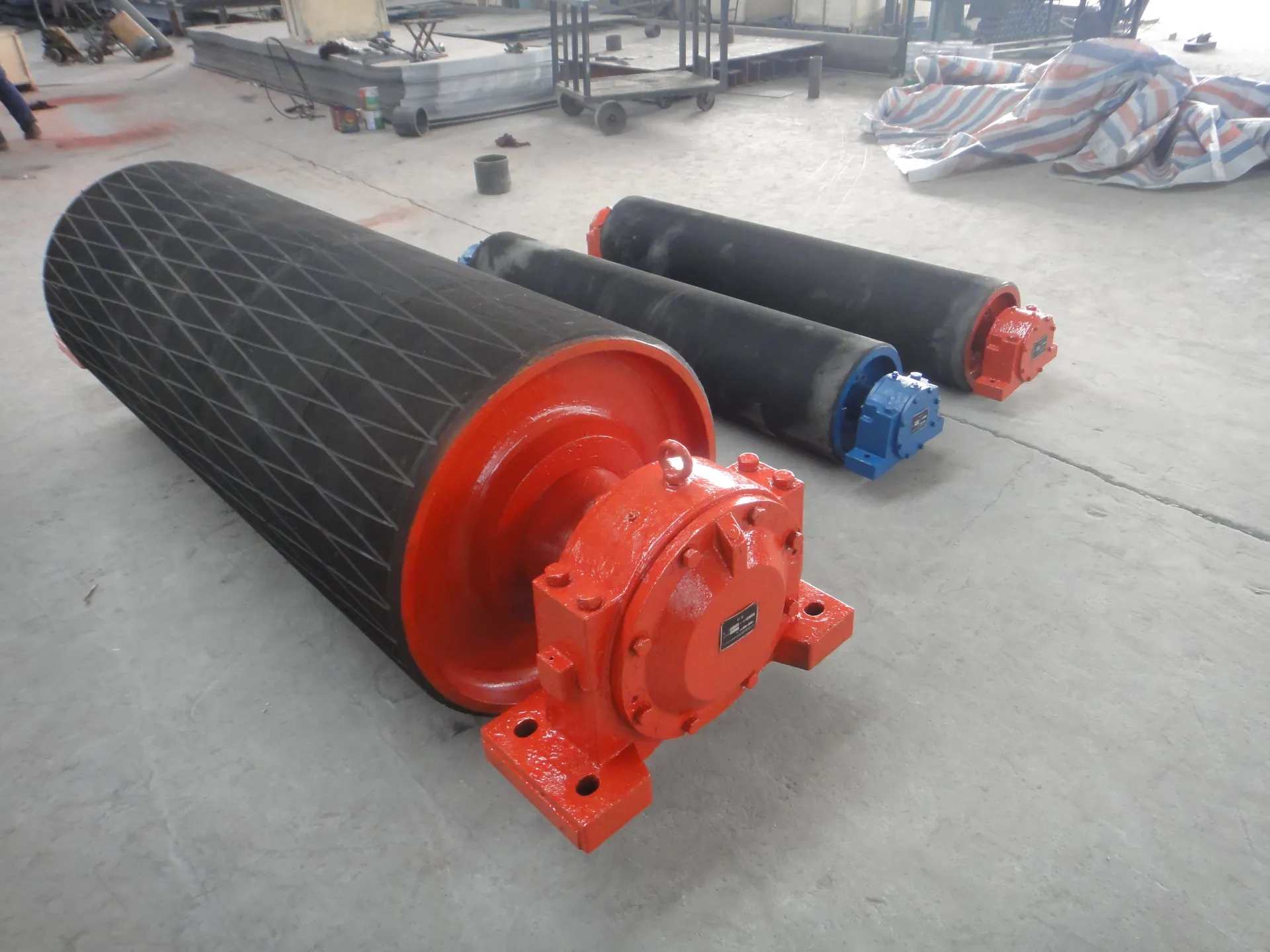 Afrikaans
Afrikaans  Albanian
Albanian  Amharic
Amharic  Arabic
Arabic  Armenian
Armenian  Azerbaijani
Azerbaijani  Basque
Basque  Belarusian
Belarusian  Bengali
Bengali  Bosnian
Bosnian  Bulgarian
Bulgarian  Catalan
Catalan  Cebuano
Cebuano  Corsican
Corsican  Croatian
Croatian  Czech
Czech  Danish
Danish  Dutch
Dutch  English
English  Esperanto
Esperanto  Estonian
Estonian  Finnish
Finnish  French
French  Frisian
Frisian  Galician
Galician  Georgian
Georgian  German
German  Greek
Greek  Gujarati
Gujarati  Haitian Creole
Haitian Creole  hausa
hausa  hawaiian
hawaiian  Hebrew
Hebrew  Hindi
Hindi  Miao
Miao  Hungarian
Hungarian  Icelandic
Icelandic  igbo
igbo  Indonesian
Indonesian  irish
irish  Italian
Italian  Japanese
Japanese  Javanese
Javanese  Kannada
Kannada  kazakh
kazakh  Khmer
Khmer  Rwandese
Rwandese  Korean
Korean  Kurdish
Kurdish  Kyrgyz
Kyrgyz  Lao
Lao  Latin
Latin  Latvian
Latvian  Lithuanian
Lithuanian  Luxembourgish
Luxembourgish  Macedonian
Macedonian  Malgashi
Malgashi  Malay
Malay  Malayalam
Malayalam  Maltese
Maltese  Maori
Maori  Marathi
Marathi  Mongolian
Mongolian  Myanmar
Myanmar  Nepali
Nepali  Norwegian
Norwegian  Norwegian
Norwegian  Occitan
Occitan  Pashto
Pashto  Persian
Persian  Polish
Polish  Portuguese
Portuguese  Punjabi
Punjabi  Romanian
Romanian  Russian
Russian  Samoan
Samoan  Scottish Gaelic
Scottish Gaelic  Serbian
Serbian  Sesotho
Sesotho  Shona
Shona  Sindhi
Sindhi  Sinhala
Sinhala  Slovak
Slovak  Slovenian
Slovenian  Somali
Somali  Spanish
Spanish  Sundanese
Sundanese  Swahili
Swahili  Swedish
Swedish  Tagalog
Tagalog  Tajik
Tajik  Tamil
Tamil  Tatar
Tatar  Telugu
Telugu  Thai
Thai  Turkish
Turkish  Turkmen
Turkmen  Ukrainian
Ukrainian  Urdu
Urdu  Uighur
Uighur  Uzbek
Uzbek  Vietnamese
Vietnamese  Welsh
Welsh  Bantu
Bantu  Yiddish
Yiddish  Yoruba
Yoruba  Zulu
Zulu Feb . 10, 2025 10:27
Back to list
Rubber Lagging Pulley
Rubber lagging, a critical component in the industrial sector, plays an invaluable role in enhancing the efficiency and longevity of conveyor systems. For businesses reliant on conveyor operations, understanding the intricacies of rubber lagging is essential not just for operational efficiency but also for safeguarding investments in machinery. Drawing on years of industry insights, this exploration dives into the specific advantages of rubber lagging, emphasizing expertise and trustworthiness.
Furthermore, rubber lagging can also contribute to noise reduction—a growing concern in industries aiming to create more employee-friendly workplaces. By damping vibrations, rubber lagging not only quiets the operation but also reduces wear, providing a dual benefit that underscores the material’s importance. Companies investing in quieter operations often cite employee comfort and improved communication as notable benefits, showcasing the real-world impact of these technical enhancements. Quality assurance is another critical aspect. Trustworthiness in rubber lagging is often assured through compliance with international standards and certifications. This not only guarantees a baseline of performance but also serves as a reliable metric for companies when selecting suppliers. For industries that cannot afford operational setbacks, choosing a certified product ensures they are investing in reliability and performance. Ultimately, the role of rubber lagging transcends its apparent functional purpose. Its contribution to operational efficiency, cost-effectiveness, and workplace environment underscores its multifaceted advantages. For businesses aiming for sustainable and efficient operations, integrating rubber lagging into their conveyor systems is not simply an option—it’s a strategic necessity guided by expertise and an unwavering commitment to quality. Through careful selection and application, companies can leverage rubber lagging's full potential, enhancing their operational ethos and strengthening their industrial credibility.


Furthermore, rubber lagging can also contribute to noise reduction—a growing concern in industries aiming to create more employee-friendly workplaces. By damping vibrations, rubber lagging not only quiets the operation but also reduces wear, providing a dual benefit that underscores the material’s importance. Companies investing in quieter operations often cite employee comfort and improved communication as notable benefits, showcasing the real-world impact of these technical enhancements. Quality assurance is another critical aspect. Trustworthiness in rubber lagging is often assured through compliance with international standards and certifications. This not only guarantees a baseline of performance but also serves as a reliable metric for companies when selecting suppliers. For industries that cannot afford operational setbacks, choosing a certified product ensures they are investing in reliability and performance. Ultimately, the role of rubber lagging transcends its apparent functional purpose. Its contribution to operational efficiency, cost-effectiveness, and workplace environment underscores its multifaceted advantages. For businesses aiming for sustainable and efficient operations, integrating rubber lagging into their conveyor systems is not simply an option—it’s a strategic necessity guided by expertise and an unwavering commitment to quality. Through careful selection and application, companies can leverage rubber lagging's full potential, enhancing their operational ethos and strengthening their industrial credibility.
Latest news
-
Revolutionizing Conveyor Reliability with Advanced Rubber Lagging PulleysNewsJul.22,2025
-
Powering Precision and Durability with Expert Manufacturers of Conveyor ComponentsNewsJul.22,2025
-
Optimizing Conveyor Systems with Advanced Conveyor AccessoriesNewsJul.22,2025
-
Maximize Conveyor Efficiency with Quality Conveyor Idler PulleysNewsJul.22,2025
-
Future-Proof Your Conveyor System with High-Performance Polyurethane RollerNewsJul.22,2025
-
Driving Efficiency Forward with Quality Idlers and RollersNewsJul.22,2025
OUR PRODUCTS





























